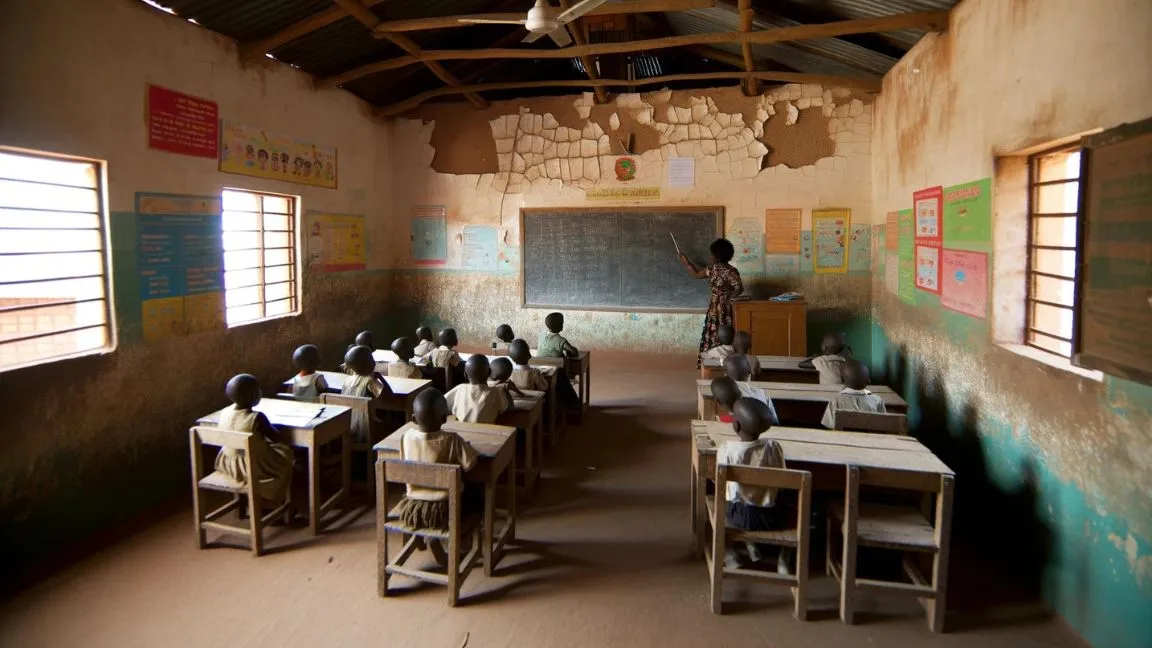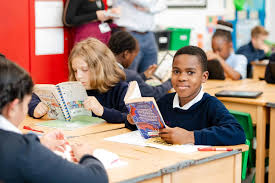An elementary school classroom in a slum presents a distinct set of challenges and dynamics that differ from those in more affluent areas. Students from such environments often face educational barriers that hinder their academic progress. By using multiple-choice questions (MCQ), we can gain a deeper understanding of the various factors influencing education in these areas. This article will explore the unique aspects of an elementary school classroom in a slum, its impact on students, and the educational system as a whole.
Challenges Faced by Students in Slum Classrooms
Slums are often characterized by overcrowded living conditions, limited resources, and inadequate infrastructure. These factors significantly impact the learning environment in elementary school classrooms. Students in these areas are exposed to numerous obstacles, which affect their ability to focus and learn effectively.
Lack of Basic Educational Resources
Many elementary schools in slums lack basic resources such as textbooks, writing materials, and proper furniture. Without these tools, students are at a severe disadvantage. This scarcity often leads to overcrowded classrooms, where the teacher struggles to attend to the needs of every student.
Poor Health and Hygiene Conditions
Living in slums often means poor sanitation and overcrowded housing, which can lead to health problems. Students in these environments are more likely to suffer from illnesses, which in turn affects their attendance and performance in school. Without proper healthcare facilities, many children face chronic health issues that hinder their educational journey.
Educational Impact of Slum Conditions
The lack of resources, along with the environmental challenges, impacts the students’ overall educational experience. Teachers must navigate these difficulties while trying to provide quality education to students who are already at a disadvantage.
Emotional and Psychological Effects
Living in slums can cause emotional and psychological stress for children. Poverty, instability, and family issues often lead to anxiety, depression, and low self-esteem among young students. These emotional hurdles make it even harder for children to concentrate on their studies.
Inequality in Education
There is a significant gap between the education offered in slums and that in more prosperous areas. Students in slum classrooms often receive lower-quality education due to the lack of resources, insufficient teacher training, and underfunded schools. As a result, they are less likely to excel academically or have access to higher education opportunities.
The Role of Teachers in Slum Classrooms
Teachers play a critical role in shaping the educational experience in elementary school classrooms in slums. Despite facing numerous challenges, they are often the only source of hope for many children in these communities.
Teacher Commitment and Dedication
Teachers working in slum areas are often underpaid, overworked, and lack sufficient professional development. However, many educators remain passionate about their work and are deeply committed to improving the lives of their students. They must find creative ways to engage students, despite the lack of resources and support.
Innovative Teaching Methods
In some cases, teachers in slum classrooms must develop innovative teaching methods to compensate for the lack of resources. This may include creating low-cost learning materials, using community resources, or relying on oral instruction to overcome the limitations of written textbooks.
Using MCQs to Assess Knowledge and Improve Education
Multiple-choice questions (MCQs) are a popular method of assessing student knowledge and understanding. In slum classrooms, MCQs can be particularly beneficial for both teachers and students.
Assessing Student Progress
MCQs allow teachers to quickly assess a student’s understanding of key concepts. In overcrowded classrooms, this is an efficient way to monitor student progress. By using MCQs regularly, teachers can identify areas where students are struggling and adjust their teaching strategies accordingly.
Encouraging Student Participation
MCQs can also be used to encourage active participation in class. When used interactively, students are more likely to engage with the material, leading to better retention and a deeper understanding of the subject matter. This can help bridge the gap caused by the lack of other educational resources.
Conclusion: Overcoming Challenges in Slum Classrooms
Despite the challenges faced in an elementary school classroom in a slum, both educators and students exhibit remarkable resilience. By focusing on innovative teaching methods, leveraging MCQs for assessment, and addressing the unique needs of students, we can work toward creating a more equitable educational environment. Through collaboration and investment, we can ensure that all students, regardless of their background, receive a quality education that helps them succeed.
FAQs
- What is the biggest challenge in an elementary school classroom in a slum?
- The lack of basic educational resources, overcrowded classrooms, and poor health conditions are some of the biggest challenges.
- How does the emotional state of students affect their learning?
- Emotional stress, stemming from poverty and instability, can significantly hinder a student’s ability to focus and learn effectively.
- What role do teachers play in slum classrooms?
- Teachers are crucial in providing hope and stability, often going above and beyond to engage students with limited resources.
- How can MCQs help in slum classrooms?
- MCQs offer a quick and efficient way to assess student progress and engage them in the learning process.
- Can slum classrooms be improved with innovation?
- Yes, innovative teaching methods and community support can help improve the quality of education in slum classrooms.




